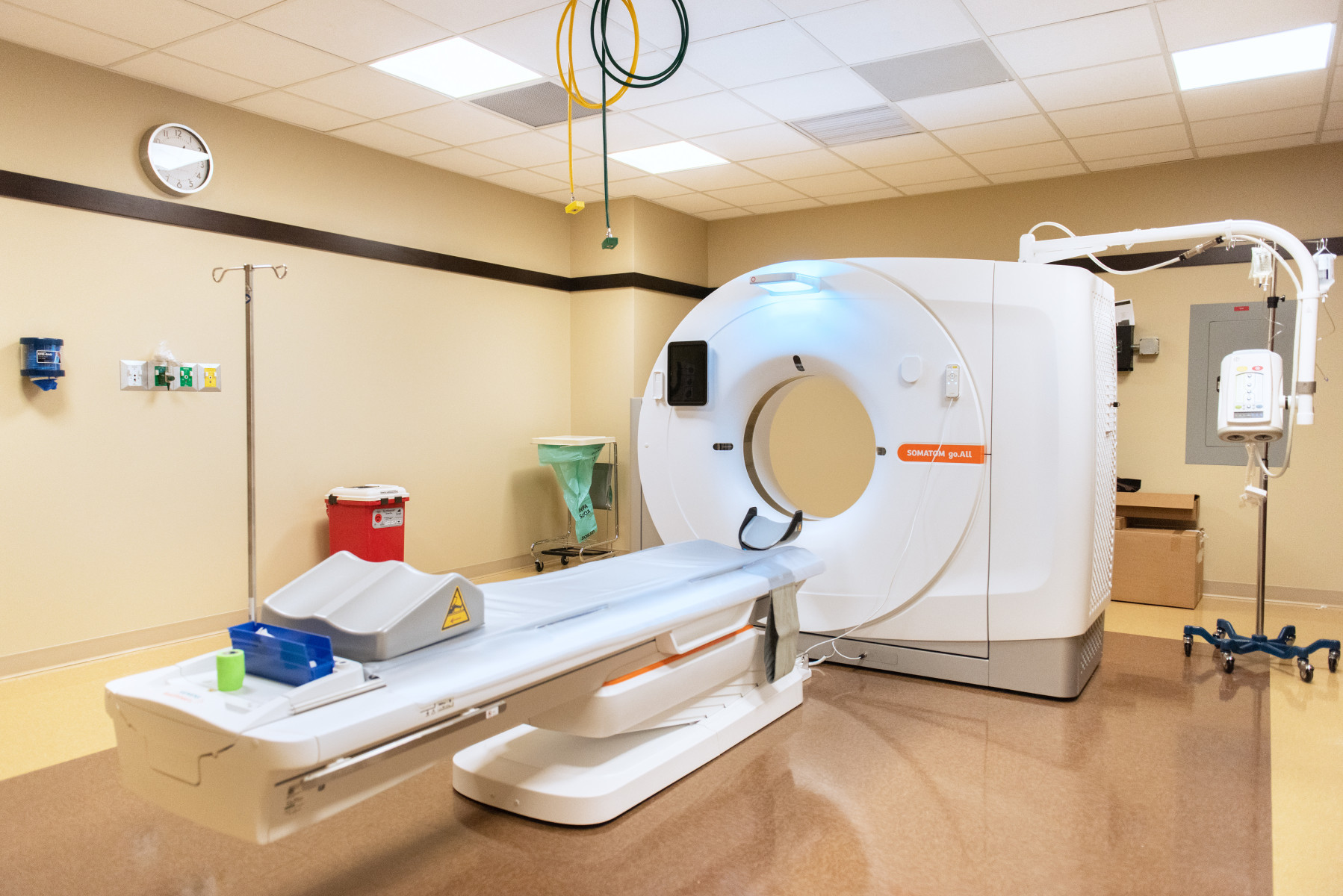
Steven P. Cohen, MD, an international leader in pain medicine who recently joined Feinberg’s faculty as the inaugural Edmond I Eger Professor of Anesthesiology and vice chair of Research and Pain Medicine, is working to advance collaborations to advance pain medicine through new targeted treatments and precision care strategies.
Since joining Feinberg faculty this summer, Cohen has focused on forging cross-departmental research collaborations across Feinberg, including in the Ken and Ruth Davee Department of Neurology, of Physical Medicine & Rehabilitation, of Psychiatry and Behavioral Sciences and of Neurological Surgery.
Cohen is also a retired colonel in the U.S. Army and was deployed four times in support of operations in Bosnia, Iraq and Afghanistan. His research supported the passage of the 2008 Military Pain Care Act, and he served as an inaugural member of the U.S. Army Medical Advisory Board. In 2024, he organized and chaired the largest pain conference in Ukraine since the beginning of the Russia-Ukraine war.
Cohen is also the director of Pain Research and an adjunct professor at Walter Reed National Military Medical Center, Uniformed Services University of the Health Sciences in Bethesda, Md. and is the president-elect for ASRA-Pain Medicine, the largest pain organization in the United States.
Read a Q&A with Cohen below.
What is pain medicine?
It’s a subspecialty discipline that focuses on the prevention and treatment of pain, and it cuts across nearly all specialties in medicine. Poorly treated acute pain becomes chronic pain, and it is one of the top reasons that people seek healthcare.
There are different components of pain. There’s the sensory component, called sensory-discriminative, there’s also an emotional component called affective-motivational, and then there’s a cognitive component called cognitive-evaluative. There’s a push in the field to measure things like depression, anxiety, fear and somatization and how they contribute to pain.
How has your work changed the field of pain medicine?
In some ways, the research efforts and international guidelines I’ve led have helped transform how pain medicine is practiced throughout the world. These include the first description and randomized trial for lateral branch radiofrequency ablation for sacroiliac joint pain, developing and validating the IV ketamine test and cervical non-organic signs, performing the first studies on the use of injectable cytokine inhibitors for chronic pain, and when mandated by Congress in the 2014 National Defense Authorization Act (NDAA), leading the widely publicized study showing compounded pain creams are ineffective for chronic pain.
In response to the 2024 NDAA, we are working on novel ways to treat PTSD, traumatic brain injury and postamputation pain, and just submitted the first study evaluating treatment of the latter for war injuries suffered in the Ukraine. As a follow-up to our ‘Lancet’ cover article showing the most common reasons people were medically evacuated out of Iraq and Afghanistan and their return-to-duty rates, I helped lieutenant colonel Ron White open up the first pain clinic in a war zone. I’ve also chaired or co-chaired international guidelines on the treatment of lumbar and cervical facet (spine) arthritis and ketamine for pain management.
Where do you see the field of pain medicine headed?
An area that our group is now focusing on is precision medicine and we’re starting to look at predictors of health outcomes. Prevision medicine favorably alters the risk-benefit ratio of invasive and expensive procedures and more importantly, it favorably alters the cost-effectiveness ratio. This is where medicine is heading, and this is where pain medicine needs to go because the outcomes with pain medicine are subjective and the results of studies are often conflicting.
There’s also a big push for regenerative medicine, which my group is involved in. Most times, the cause of pain is from wear and tear or natural degeneration, and therapies like platelet rich plasma or stem cells could possibly modify the course of treatment; the evidence for this at present is weak. There is also a focus in finding animal models that better translate to humans, because when we’re testing treatments in animal models, we’re not really measuring pain. Instead, we are measuring behaviors that may or may not be associated with pain, and these models also don’t take into account the “affective” and “cognitive” components.
What are you most looking forward to at Feinberg?
I share faculty appointments in the Departments of Neurology, Psychiatry and Behavioral Sciences, and Neurological Surgery, so for our upcoming studies, I will hopefully be collaborating across these departments. I also continue to work at Walter Reed National Military Medical Center in Bethesda. I’ll also hopefully be credentialed at the Jesse Brown VA Medical Center soon for a volunteer position, so I can treat veterans here in Chicago. I’m really looking forward to working with my excellent group of attendings and fellows and continuing to mentor them to push the field of pain medicine forward.






